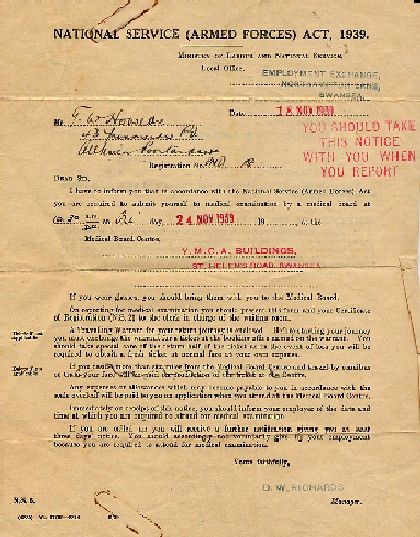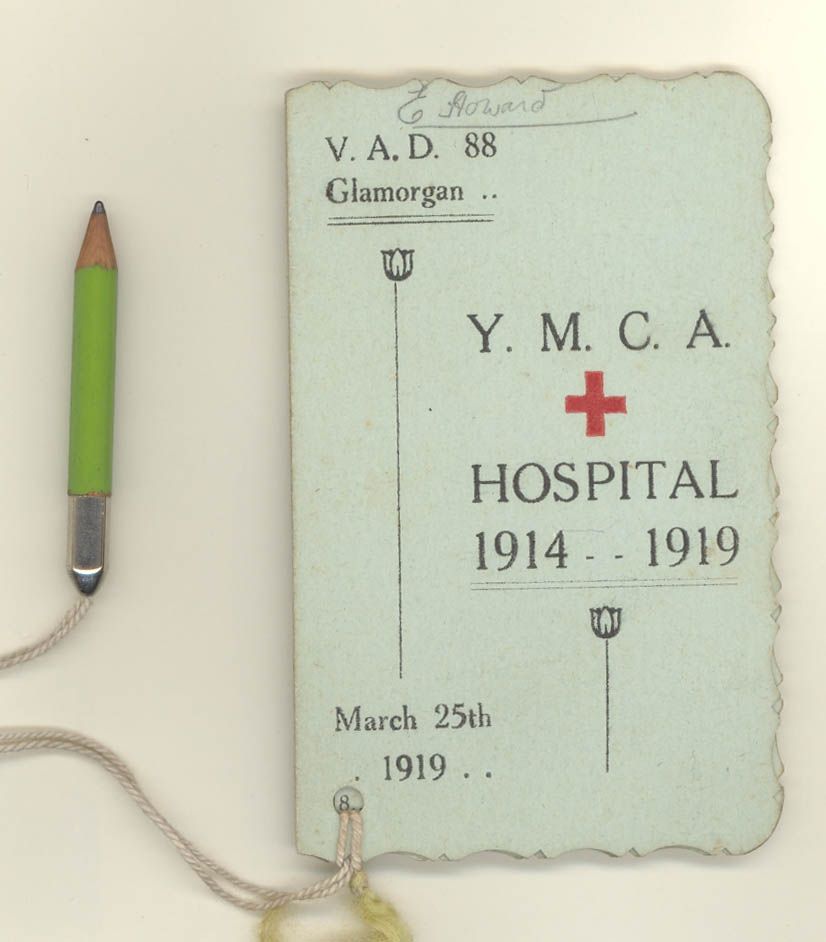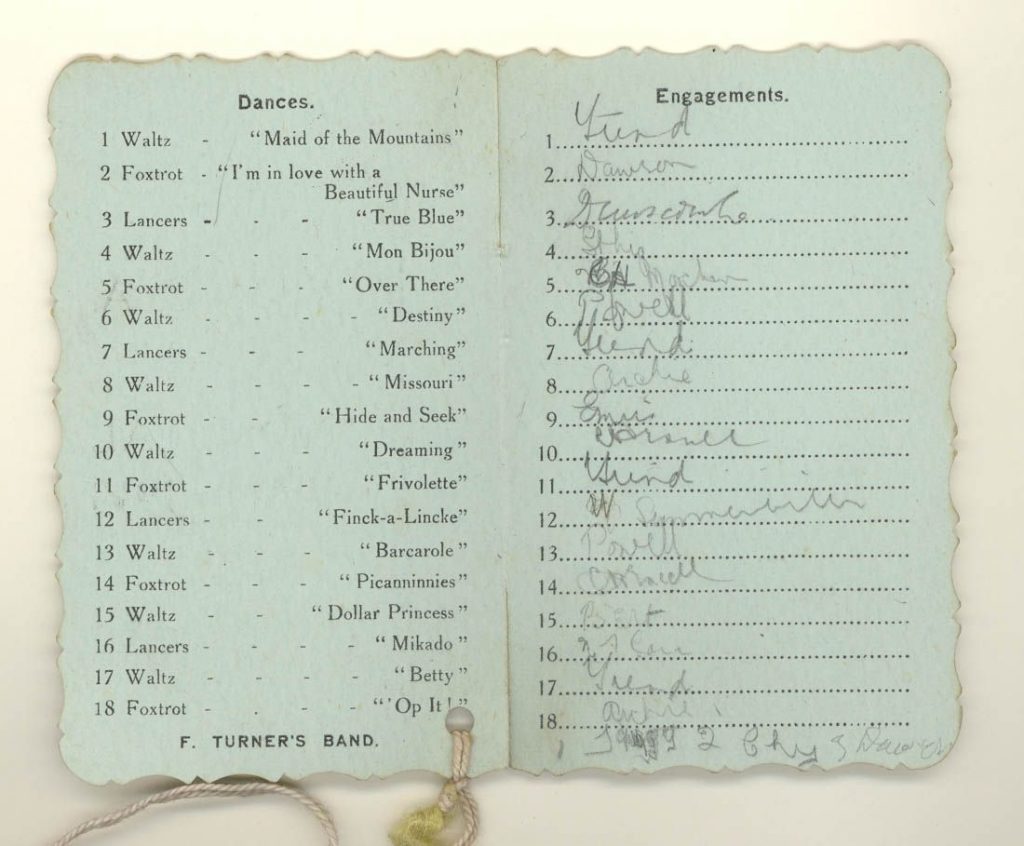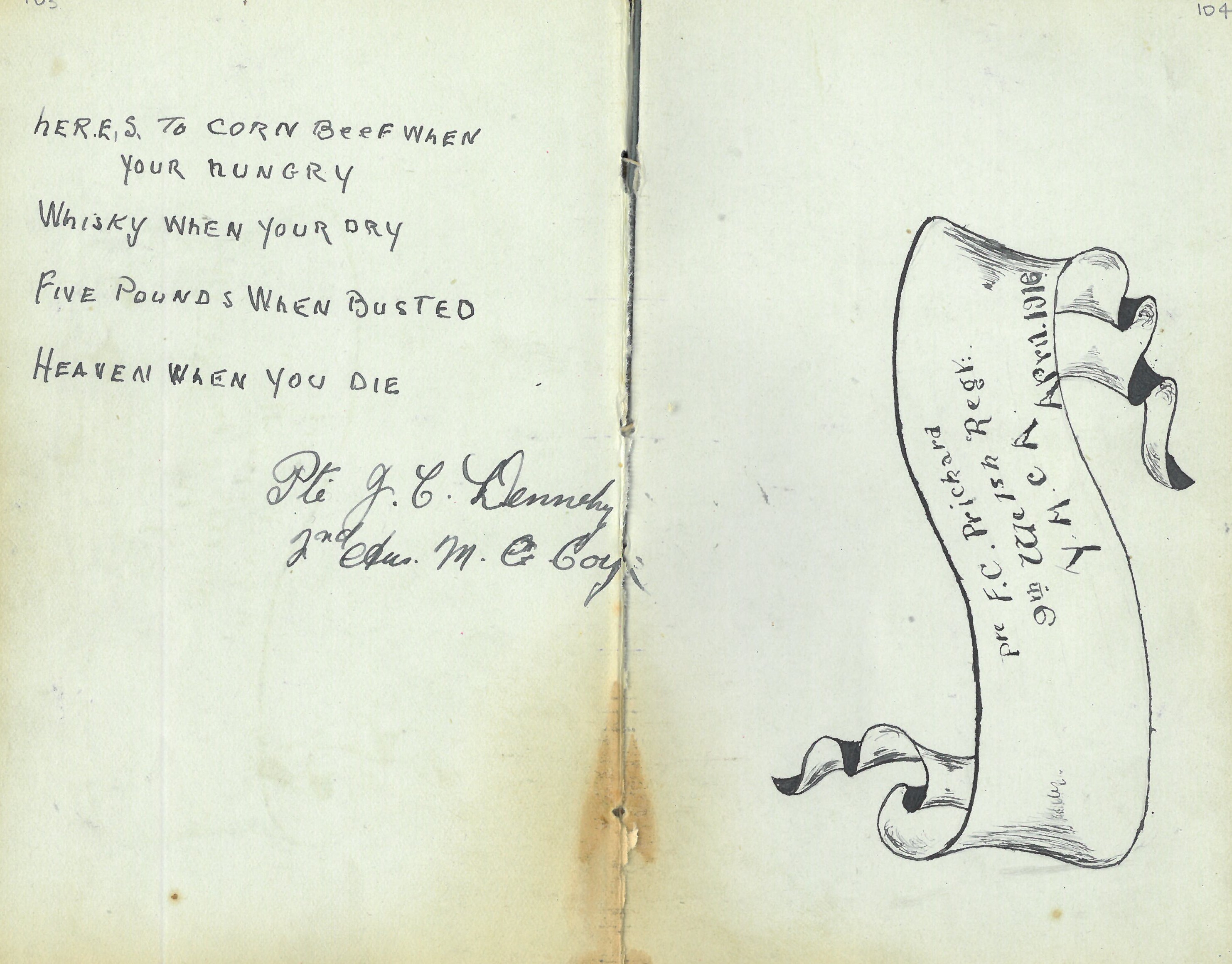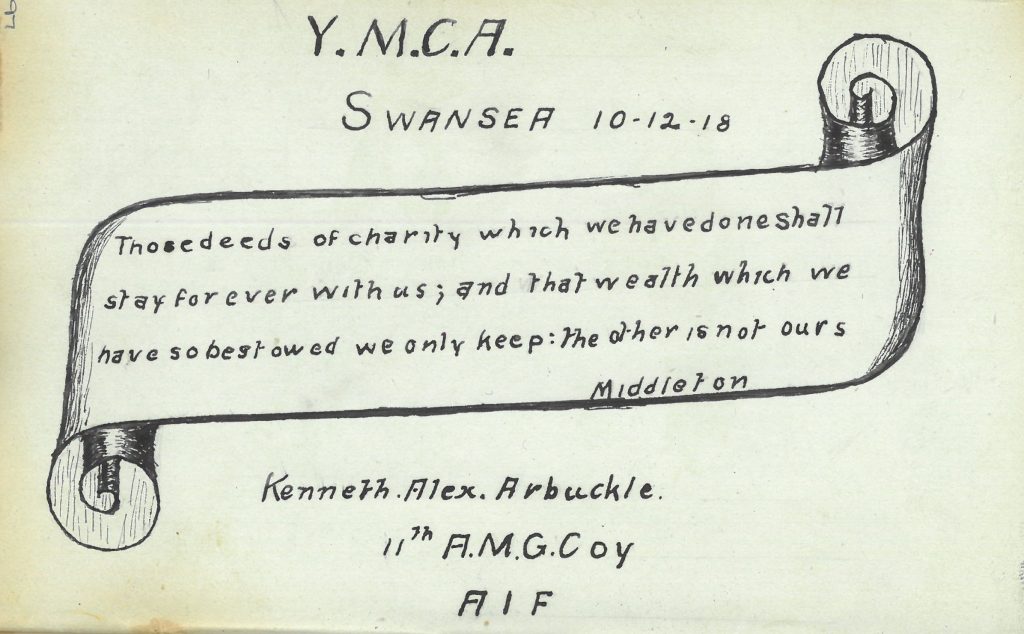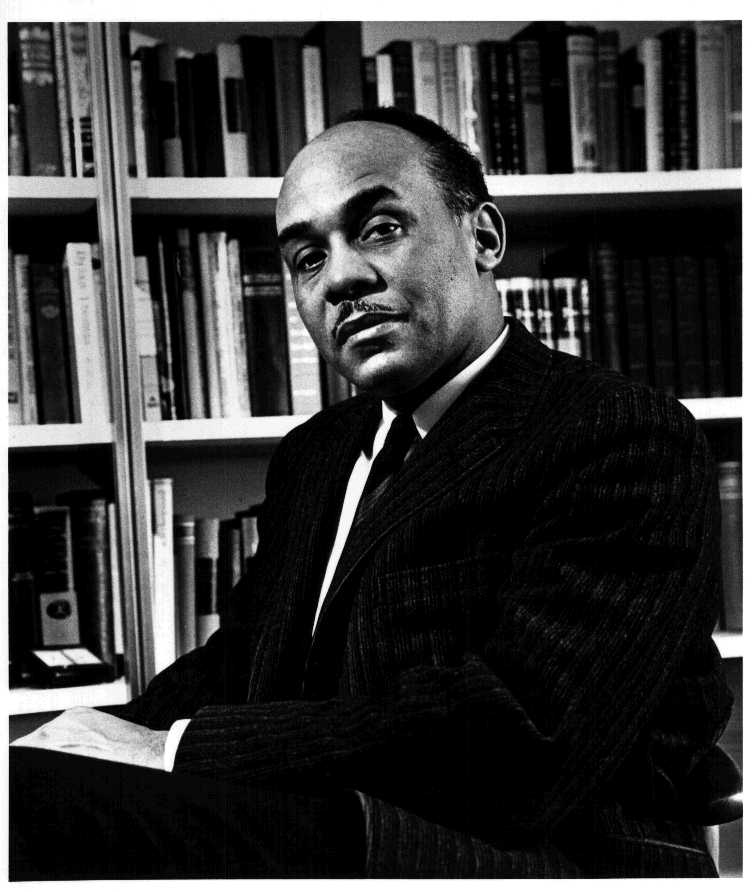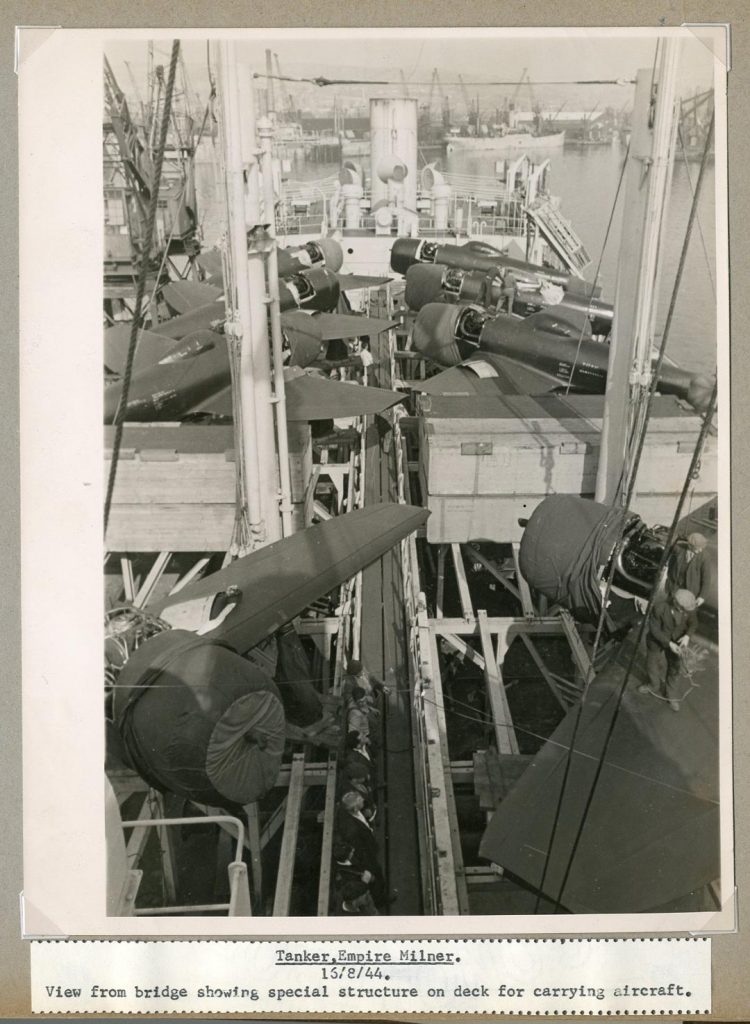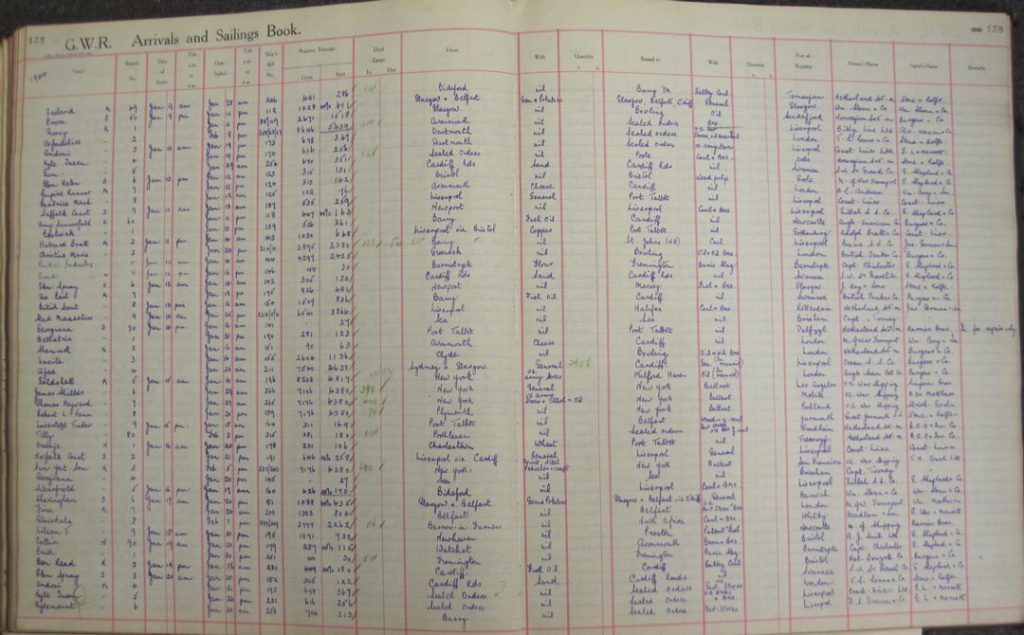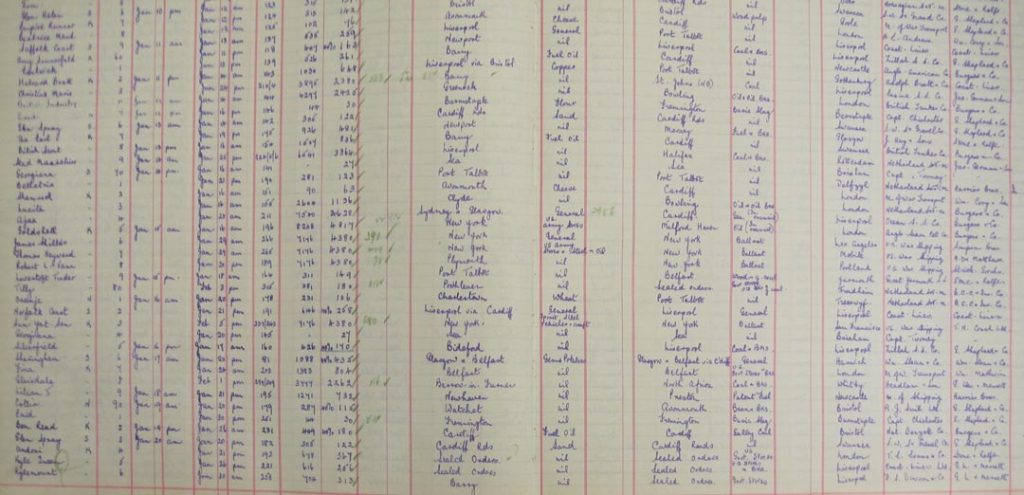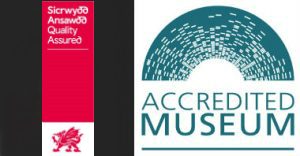Swansea Museum Collection
Document, National Service (Armed Forces) Act, 1939. Personal documents of Mr Thomas William Howells. Letter from the Ministry of Labour and National Service. Required to submit for medical examination 24th November 1939 YMCA Buildings, St Helen’s Road, Swansea.
During WW1 the building was eventually entirely taken over for use as a hospital. In WW2, much of the building was also being used by the military and the Ministry of Labour.
Recruitment offices were in the building for the various armed forces. On receiving your call up papers, it was to report to Swansea YMCA for your medical and processing. An entire generation of young men in Swansea would have visited the building for their medical including the dreaded drop and cough. In fact even post war the building was still being used for National Service call processing and medical until around 1948.
Swansea Museum continues to collect objects to record the history and heritage of Swansea and its people. The collecting policy is quite strict, the object must be related to Swansea and preferably has a story to tell. WW2 remains a period of great interest. The museum has a significant collection of objects from WW2 and very often the story of that object started at the YMCA.
